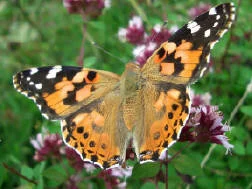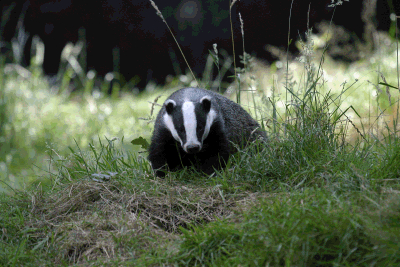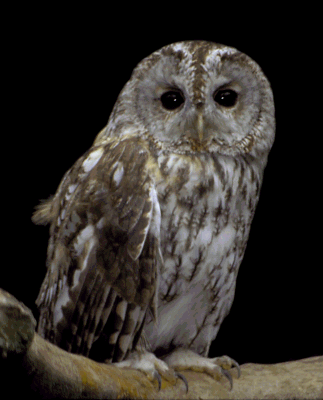
Wildlife
Wildlife
An important part of conservation work is monitoring. Surveys of the plants have been carried out by Avon Wildlife Trust and the records are held at the Bristol Regional Environmental Records Centre (BRERC).
In addition the Friends have made surveys of wildflowers and trees and individuals have recorded birds, butterflies and lichens.
At least 130 different species of flowering plants have been observed. At least seventeen different species of butterflies have been counted and more than forty species of birds.
It is the diversity in a small area which makes the reserve special. There is little that is rare, though the ivy broomrape which is nationally rare, it is locally common.
Grasses such as timothy and foxtail indicate that the grassland is old, but the oldest specimens on the reserve are some of the pollarded oaks which may be up to four hundred years old.
Insects
The grasslands are home to many species of insects which feed on the plants. Over 17 species of butterflies have been recorded, including marbled white, common blue, brimstone, small tortoiseshell, orange tip and peacock. Daytime moths include the six spot burnet which is bright red in colour with six dark spots. On summer evenings there are many kinds of moths and midges over the lake.
Mammals
Small mammals include wood mice, voles and shrews. There are also larger mammals - foxes, badgers and itinerant deer, both the roe deer and the muntjac. There are grey squirrels in the wood - unfortunately they do great damage to young trees .
Birds
Among the birds, species range in size from the goldcrest, wren and blackcap to the woodland species such as the tawny owl and jay to the big birds of prey such as the buzzard. Birds which visit the lake include the heron and the kingfisher.
Over 40 species of birds have been recorded. Jays, magpies, crows, greater spotted and green woodpeckers are all inhabitants of the woodland, as well as many smaller birds such as whitethroat, robin, song thrush, blackcap, chiff-chaff, goldcrest, long-tailed tit, coal tit, great tit, blue tit and several species of finches, though finches generally prefer the scrub and bushes.
In order to encourage these smaller birds the Friends and the Council have planted two new hedges and two coppices. These provide cover and food for birds and small mammals.
Birds of prey such as tawny owl, buzzard and sparrowhawk are regular visitors and occasionally the peregrine falcon is also to be seen.




